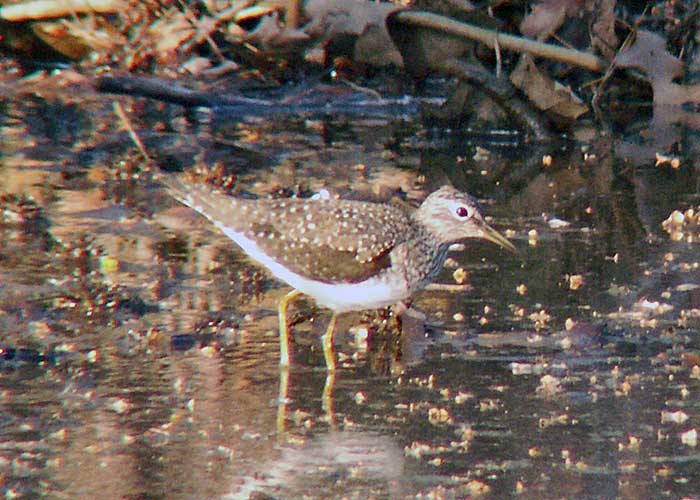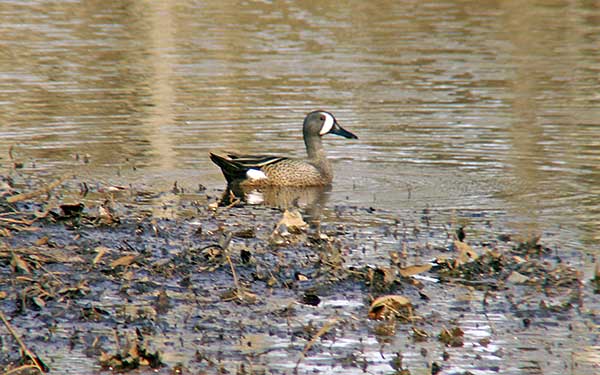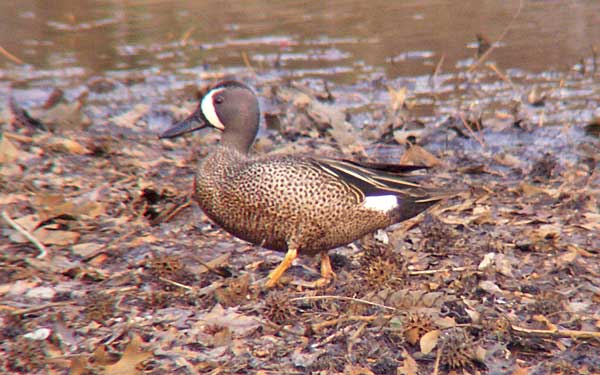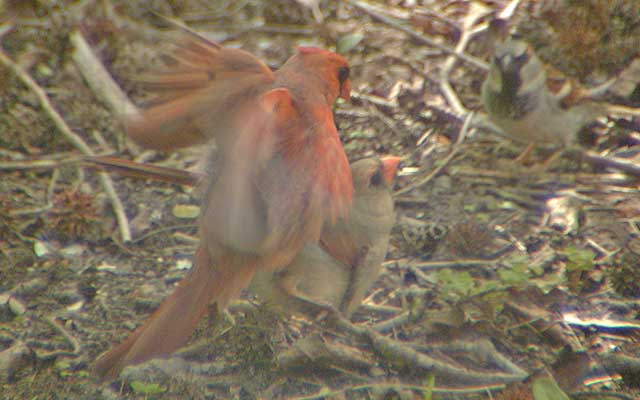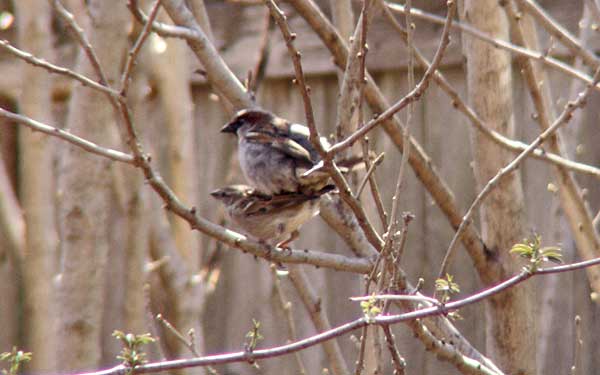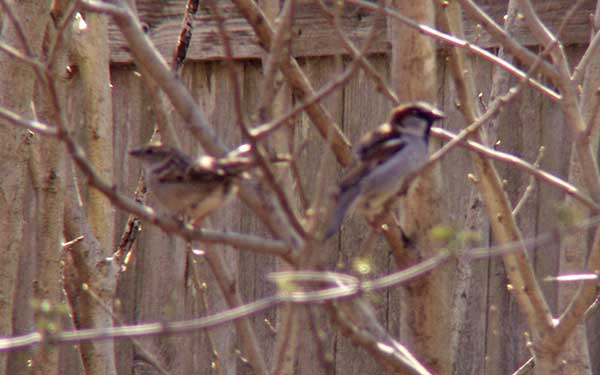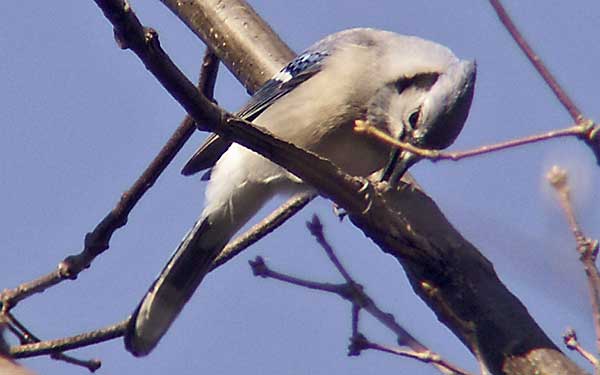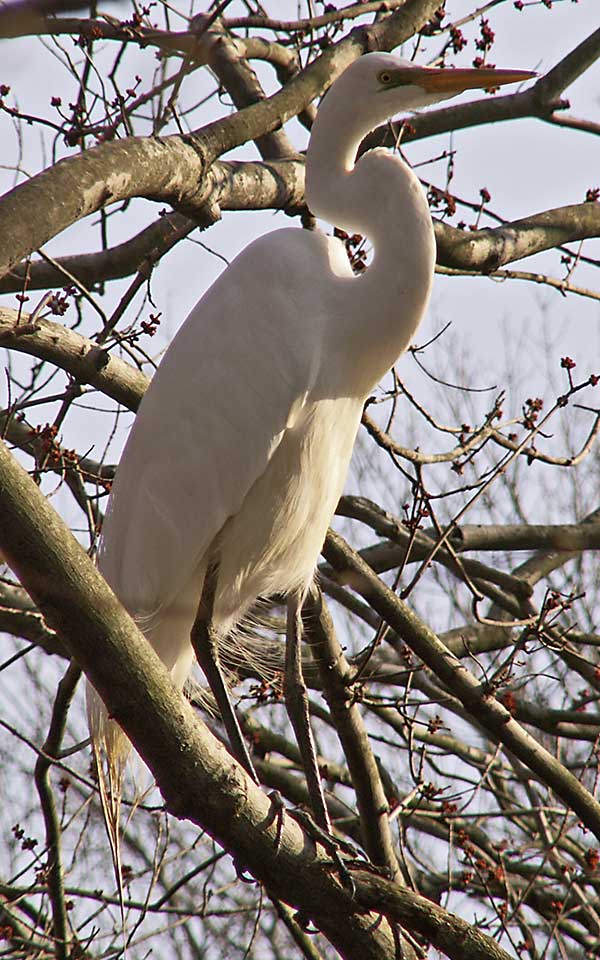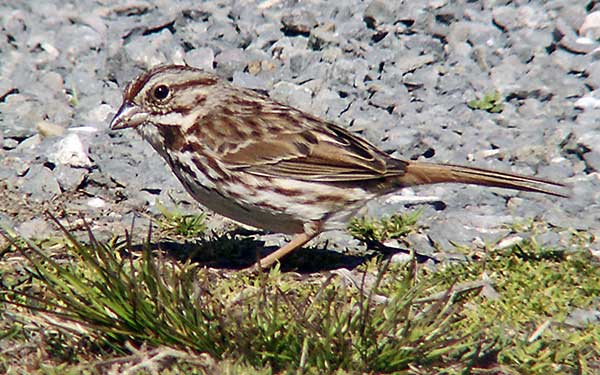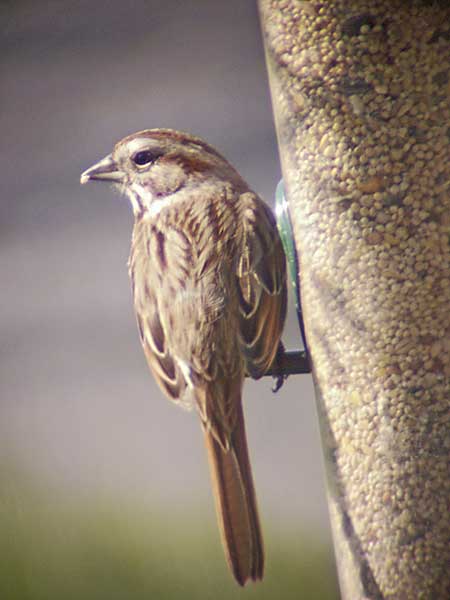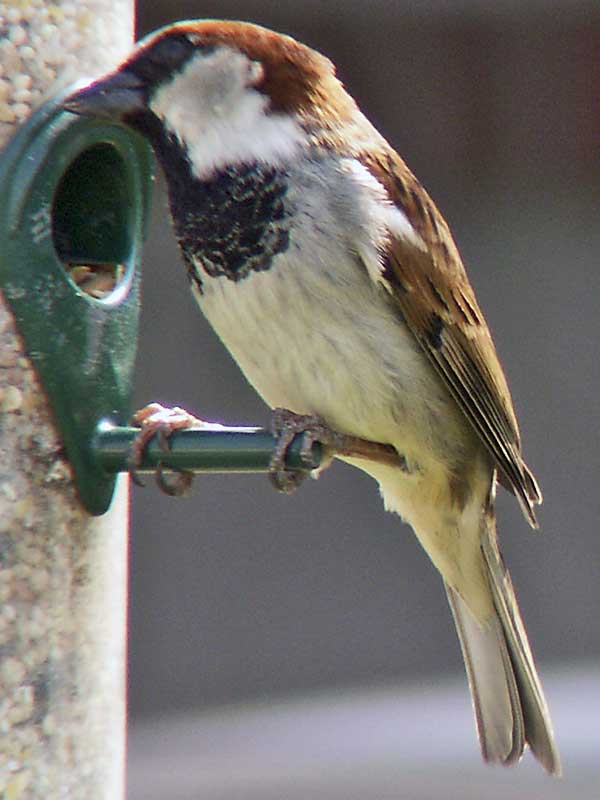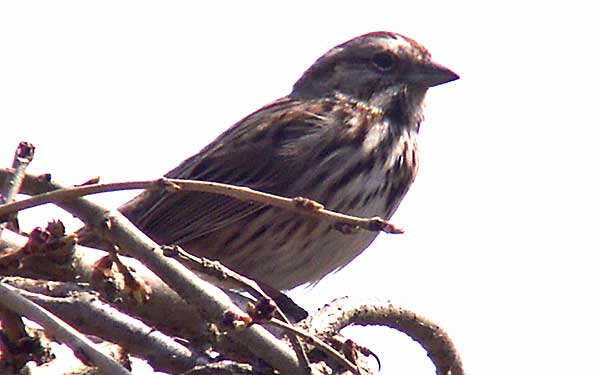It had rained all Saturday and well into Sunday, but late afternoon the sun came out. The Mets were losing 5-0, so I decided to take a walk to see what I could find in the late afternoon sun. At first, I thought I was on a wild goose chase -- all I saw between home and the bridge at Wickapecko were three Canada Geese, a pair of mourning doves and a mockingbird. The mocker was on the roof of a house, so I didn't take a picture because I don't like pointing my camera at people's houses -- people don't realize just how much zoom I have so they could think I'm taking pictures through their windows.
But as I approached the bridge my luck turned as I caught a glimpse through the trees of the familiar shape of an adult black-crowned night heron. I was able to get reasonably close, even though it was across the water:

However, it didn't take kindly to my encroaching on its space and it hopped up to a higher branch:
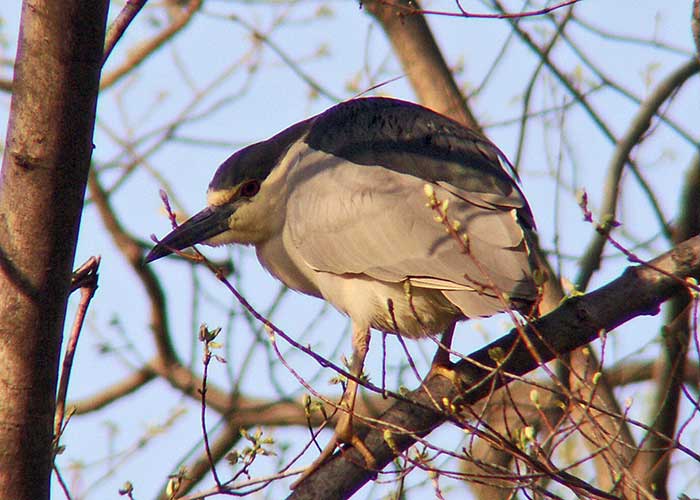
I decided to walk on along North Wanamassa Drive in the hope of seeing some warblers, but I had hardly started when I caught sight of another black-crowned night heron. At first, I thought it was the same bird, but a quick scan of the other bank made me realize that this was a second bird. It was on my side of the water and it was at first less concerned by my approach:
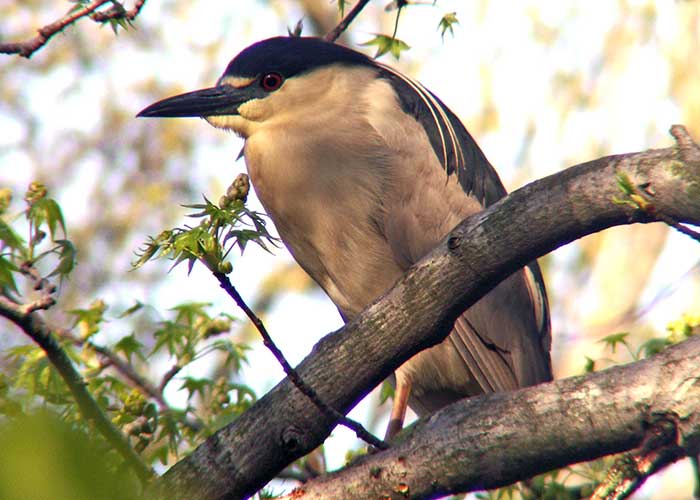
But as I got closer it became a bit agitated as you can see by the way it seemed to sprout a tuft in its head feathers:

And when I got underneath and slightly behind the bird, the tuft became even more pronounced:
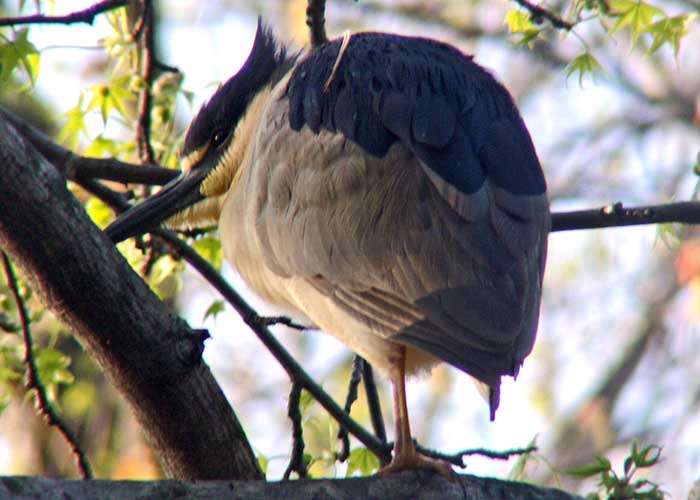
Later, this bird flew to the other side of the water, nearer to the first bird. I had spent a fruitless quarter of an hour trying to get a shot with both birds in it, but it just wasn't possible. With them closer together my hopes rose, but they had positioned themselves in such a way that this was the only shot I was able to get. If I moved left and down to get more of a straight line between the birds, the one at extreme top right of this picture disappeared behind the branches.
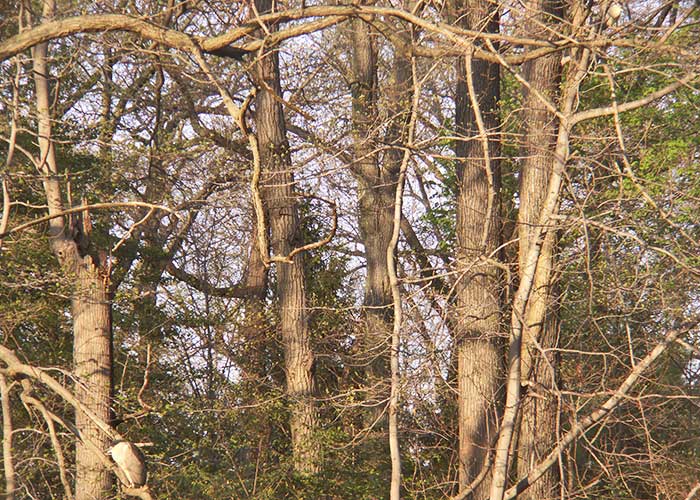
I really like these birds, so I'm glad that we have them here again. Now I have to keep an eye out for the green herons. I've not seen any of them yet.





